Accurate spring design is vital for the longevity of applications that rely on springs. Springs are often used in critical applications, such as automotive suspension systems, medical equipment, and aerospace components, where failure will have severe consequences. Additionally, a spring not designed accurately will fail prematurely, leading to costly repairs, downtime, and safety hazards.
By knowing the importance of choosing the best spring size, designers and manufacturers easily avoid this problem and ensure the final applications have far longer lifecycles. Read on to discover the importance of different spring sizes.
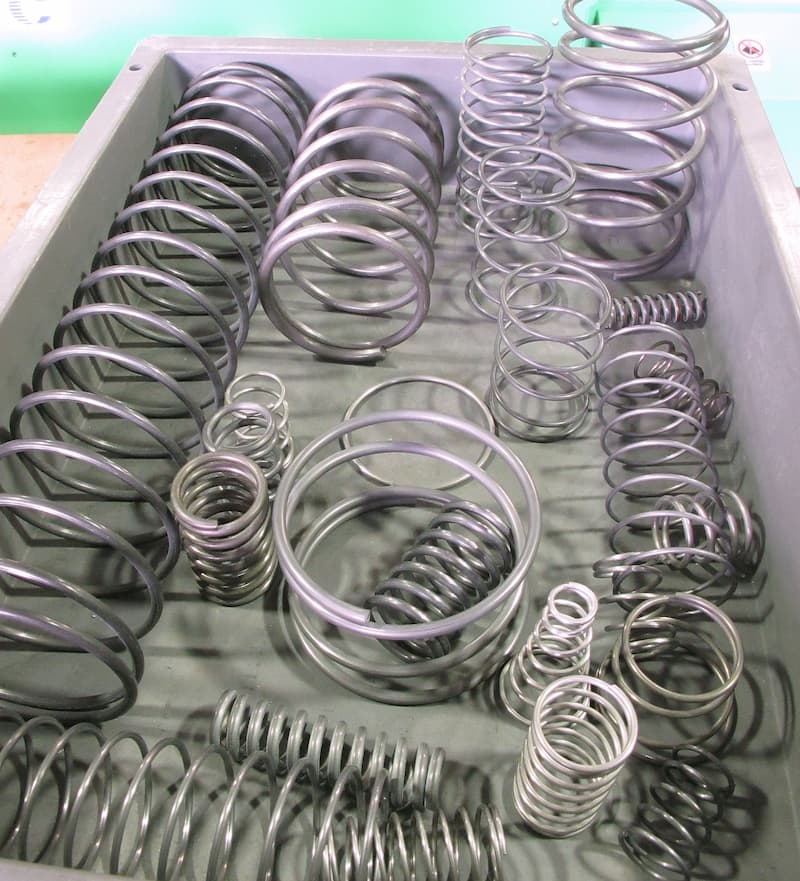
Why Does Size Matters In Spring Design?
Size matters in spring design because it directly impacts other design considerations related to the spring’s performance and functionality. The size of a spring determines its load capacity, spring rate, deflection, and space requirements, all of which are critical factors in spring design. Furthermore, an improperly designed spring will not provide the required level of precision, accuracy, and reliability, leading to reduced efficiency and performance of the application as well as an increased chance of spring failure.
If a spring is too small for its intended application, it will likely not be able to handle the required load, resulting in premature failure and potential safety hazards. Moreover, if a spring is too large, it will not fit into the available space without causing friction, interfering with other components and generally operating inappropriately for the application.
Selecting the appropriate spring size is essential to ensure optimal performance and safety in various industries. By understanding the importance of size in spring design, spring manufacturers like us create springs that meet the specific requirements of their clients, maximise the spring’s life cycle and ensure their products offer reliable and efficient operation.
Small Size Springs
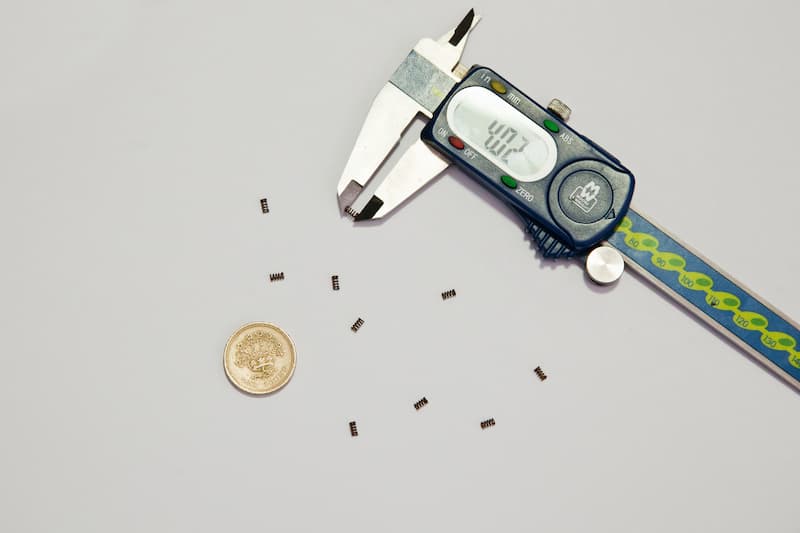
Small springs are essential in electronics, precision instruments, medical devices, and other compact applications. These springs are designed to provide high precision and accuracy, making them ideal for applications that require tight tolerances.
There is no set industry specification for a ‘small spring’, as the term is relative to the designer’s experience and the manufacturer’s standard stock. However, at Airedale Springs, we create small wire springs with a wire diameter between 0.15mm and 10mm, ensuring they can cater to a wide range of unique specifications and compressed applications. They are made from various high-quality materials, such as stainless steel, phosphor bronze, and beryllium copper. These materials are chosen for their high strength, corrosion resistance, and durability. Our expertise and experience as a small spring manufacturer give our customers complete confidence in their purchased springs and the applications they need them for.
Examples of Small Spring Applications
- In precision instruments, these springs are found in measuring devices, optical equipment, and scientific instruments, providing support, tension, and compression.
- In the medical industry, small springs are often used in surgical instruments, implantable devices, and drug delivery systems, where they provide precise and reliable movement.
- Small spring applications in electronics include switches, connectors, and sensors, which provide reliable electrical contact and movement.
Medium Size Springs
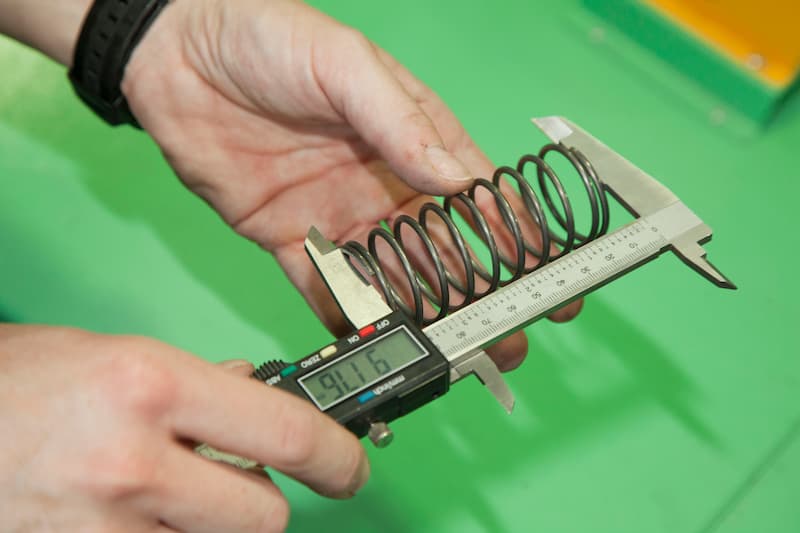
Medium-sized springs are essential components used in various industries, including automotive, aerospace, and industrial. These springs are typically between 1 and 6 inches in diameter, making them versatile enough to handle multiple applications.
Medium springs are designed to handle high loads and deflections, making them ideal for applications that require durability, reliability, and longevity. Manufacturers ensure optimal performance and safety in various industries by selecting the appropriate materials and design for medium-sized springs.
The materials vary depending on the application but often include carbon steel, alloy steel, and titanium, chosen for their high strength, durability, and corrosion resistance. For example, a compression spring manufacturer will choose chrome silicon and oil-tempered wire as the preferred materials for compression springs in vehicles due to their high strength and durability.
Examples of Medium Spring Applications
- In the automotive industry, medium springs are used in suspension systems, steering systems, and engines, among others, where they provide support, stability, and control.
- In the aerospace industry, landing gear, control systems, and engines all have medium springs included in their design, and they must have the tolerances to withstand extreme temperatures and loads.
- In the industrial sector, torsion spring manufacturers will create medium-sized springs for heavy machinery, construction equipment, and manufacturing processes, where they provide support, tension, and compression.
Large Size Springs
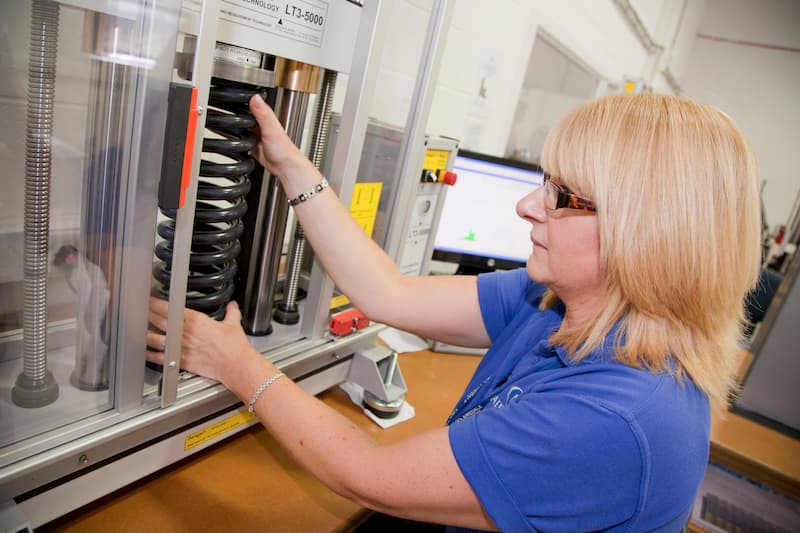
Large springs are crucial components used in heavy machinery, transportation, and construction equipment. These springs are typically over 6 inches in diameter, making them capable of handling high loads and deflections. The materials used in large spring manufacturing include oil-tempered wire, chrome silicon, and Inconel, chosen for their high strength, durability, and resistance to corrosion and fatigue.
Large springs are designed to handle extreme loads and deflections, making them ideal for applications that require durability, reliability, and longevity. Manufacturers can ensure optimal performance and safety in various industries by selecting the appropriate materials and design for large springs.
Examples of Large Spring Applications
- In heavy machinery, large springs are used in similar vehicle suspension systems, hydraulic systems, and braking systems, among others, providing support, stability, and control but will be put under significantly more stress.
- In the transportation sector, large springs are used in suspension, engine mounts, and trailer hitches, where they must withstand constant stress and vibration as they are used extensively.
- In construction equipment, large tension springs are used in excavation equipment, cranes, and bulldozers, where they provide support, tension, and compression to enable the vehicle to operate predictably and reliably.
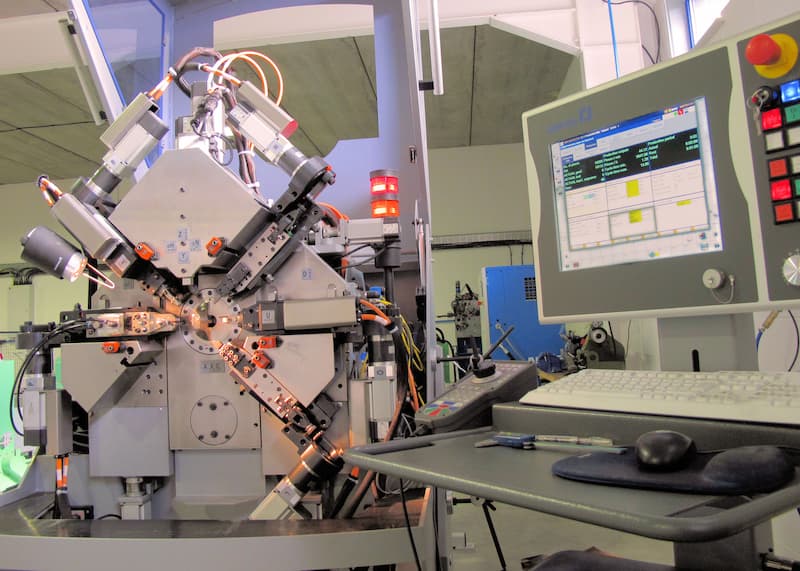
Custom Spring Design from Airedale Springs
At Airedale Springs, we are an experienced custom spring manufacturer and wire form manufacturer with decades of experience working with customers to deliver a personal service that helps clients take new products to market faster by assisting with spring design and ensuring that their products meet their exact requirements. We consider the spring’s nature and purpose during the extensive design process when deciding on the ideal size and other specifications. Contact us to get the perfect springs you need for your application.

